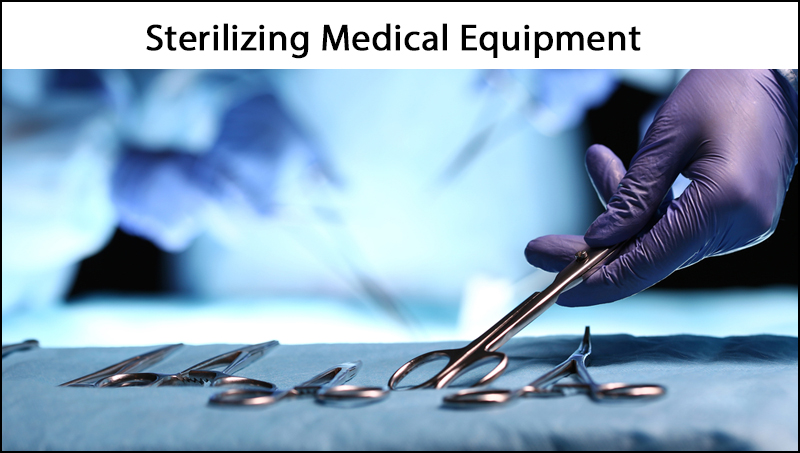Sterilization vs. Disinfection in Medical Office Cleaning
Cleaning staff must understand the differences between sterilization and disinfection and when to use each method.
Medical Sterilization
Sterilization involves the complete elimination of all microorganisms including bacterial endospores from medical surfaces and equipment.
It is accomplished through high heat and pressure via steam autoclaving, dry heat, or radiation.
Sterilization provides the highest level of microbial reduction and is used for critical medical items and devices that contact sterile areas of the body.
Medical Disinfection
In contrast, disinfection aims to eliminate most but not all pathogenic microorganisms from inanimate objects.
Disinfection is accomplished through chemical disinfectants or UV radiation. It provides an intermediate level of microbial reduction between sterilization and routine cleaning.

"Cleaning and disinfection are both very important, and they keep infections from spreading in healthcare," says infectious disease expert Dr. Abby Carlson of the CDC.
According to Dr. Carlson, "Cleaning is the process of removing dirt, germs, and other gunk from surfaces and objects." It eliminates visible dirt and grime as well as unseen germs. In healthcare settings, thorough cleaning is essential to remove contaminants like blood, body fluids and debris.
"Disinfection is a different step that kills germs on surfaces or objects," she explains. Disinfectants work best on already clean surfaces. "When you disinfect, it's important that the surface is clean, because if it isn't, the disinfection might not work," says Dr. Carlson.
By first cleaning then disinfecting surfaces, medical cleaning service staff can lower infection transmission risks. Dr. Carlson advises checking CDC lists of disinfectants effective against pathogens like COVID-19. Proper cleaning and disinfection protocols are critical for healthcare hygiene.
Disinfection is suitable for non-critical surfaces that do not directly contact patients such as floors, walls, furniture and other housekeeping surfaces.
The key difference between sterilization and disinfection is the level of microbial elimination.
Sterilization requires more intense heat, pressure, contact time or stronger chemicals than disinfection, which is a simpler process.
What Needs Sterilization vs. Disinfection in Medical Settings?
| Area/Item | Sterilization | Disinfection |
|---|---|---|
| Surgical instruments | X | |
| Implants | X | |
| Exam room surfaces | X | |
| Floors | X | |
| Hospital beds | X | |
| Waiting rooms | X | |
| Walls | X | |
| Reception desks | X | |
| Door handles | X | |
| Lab equipment | X | |
| Medical devices | X | |
| Catheters | X |


